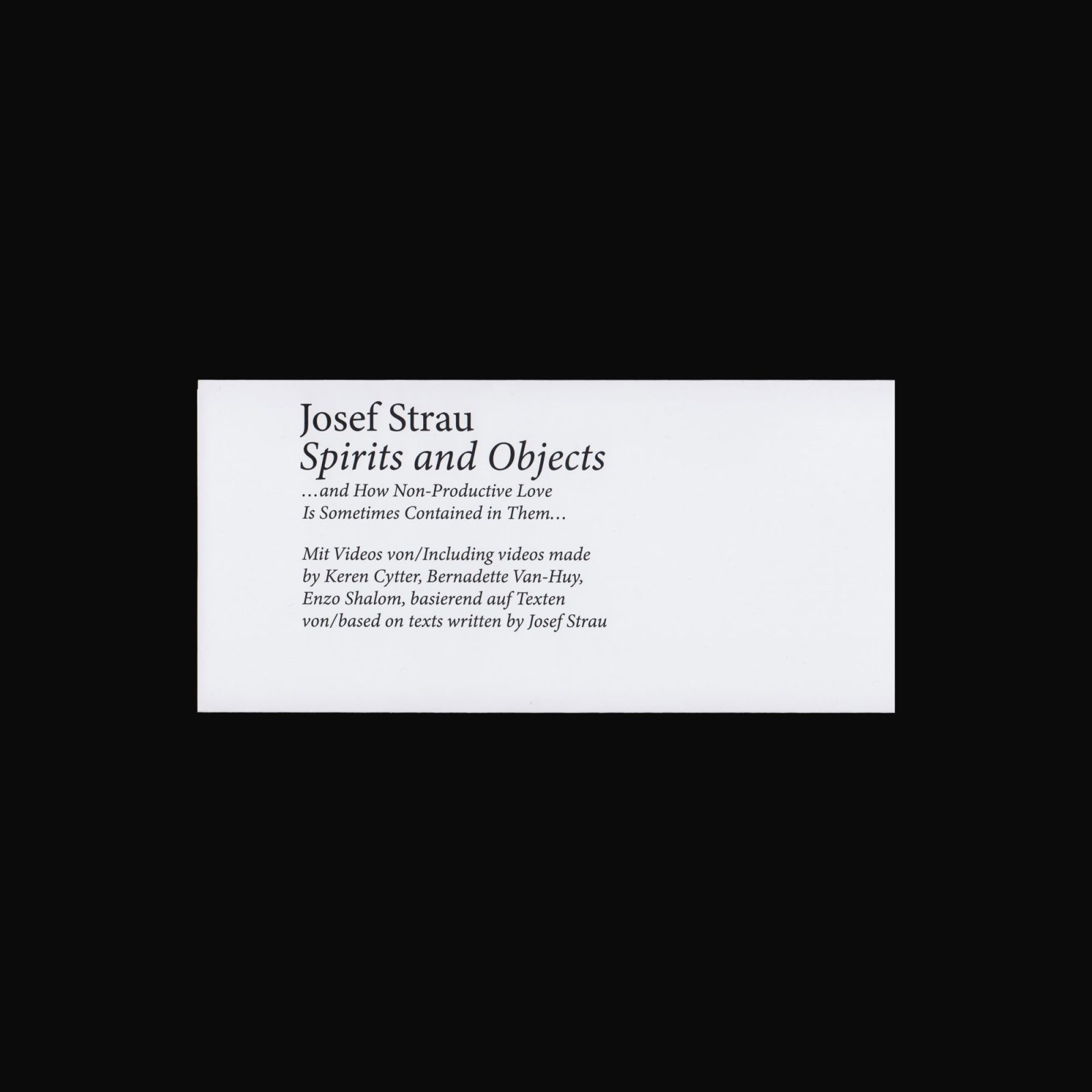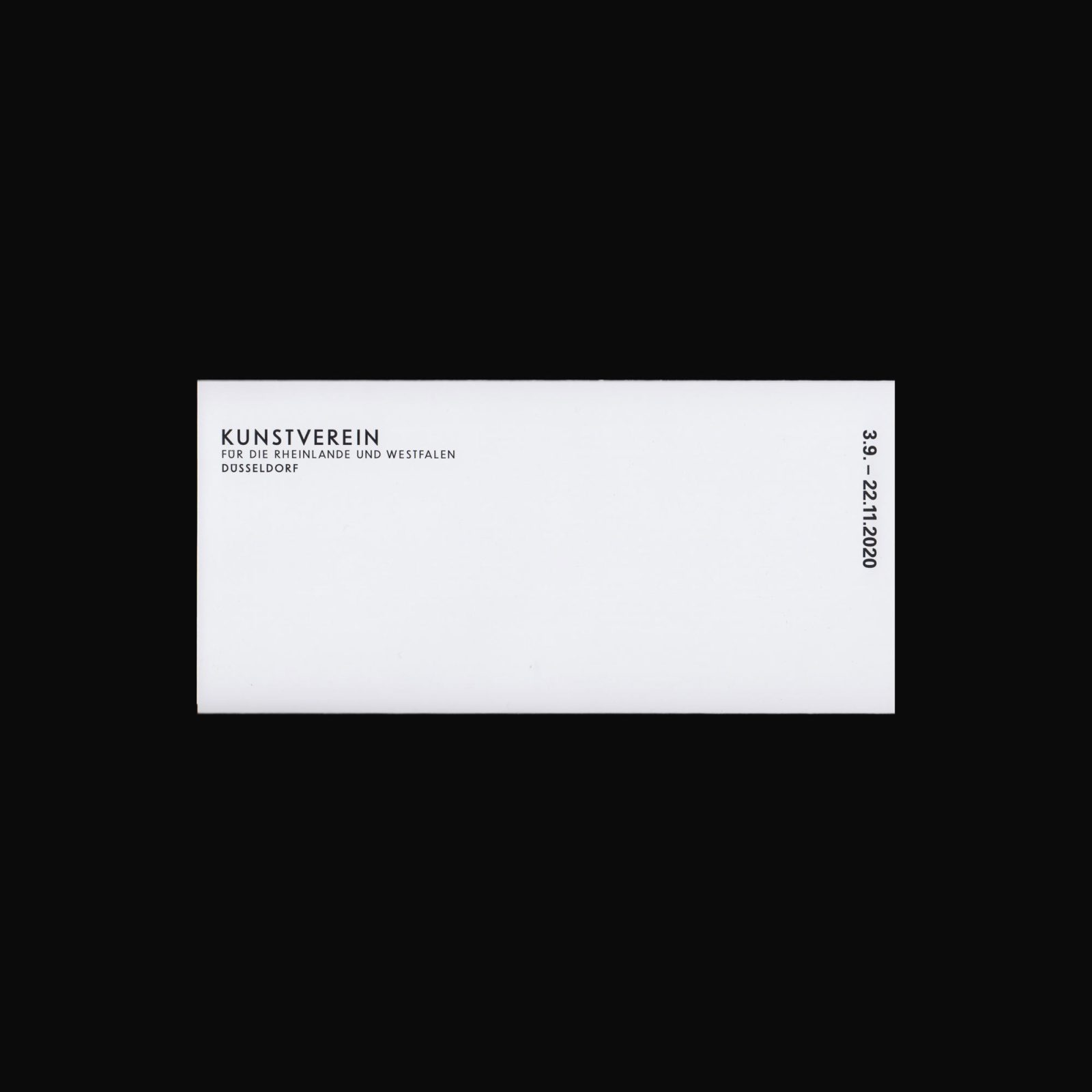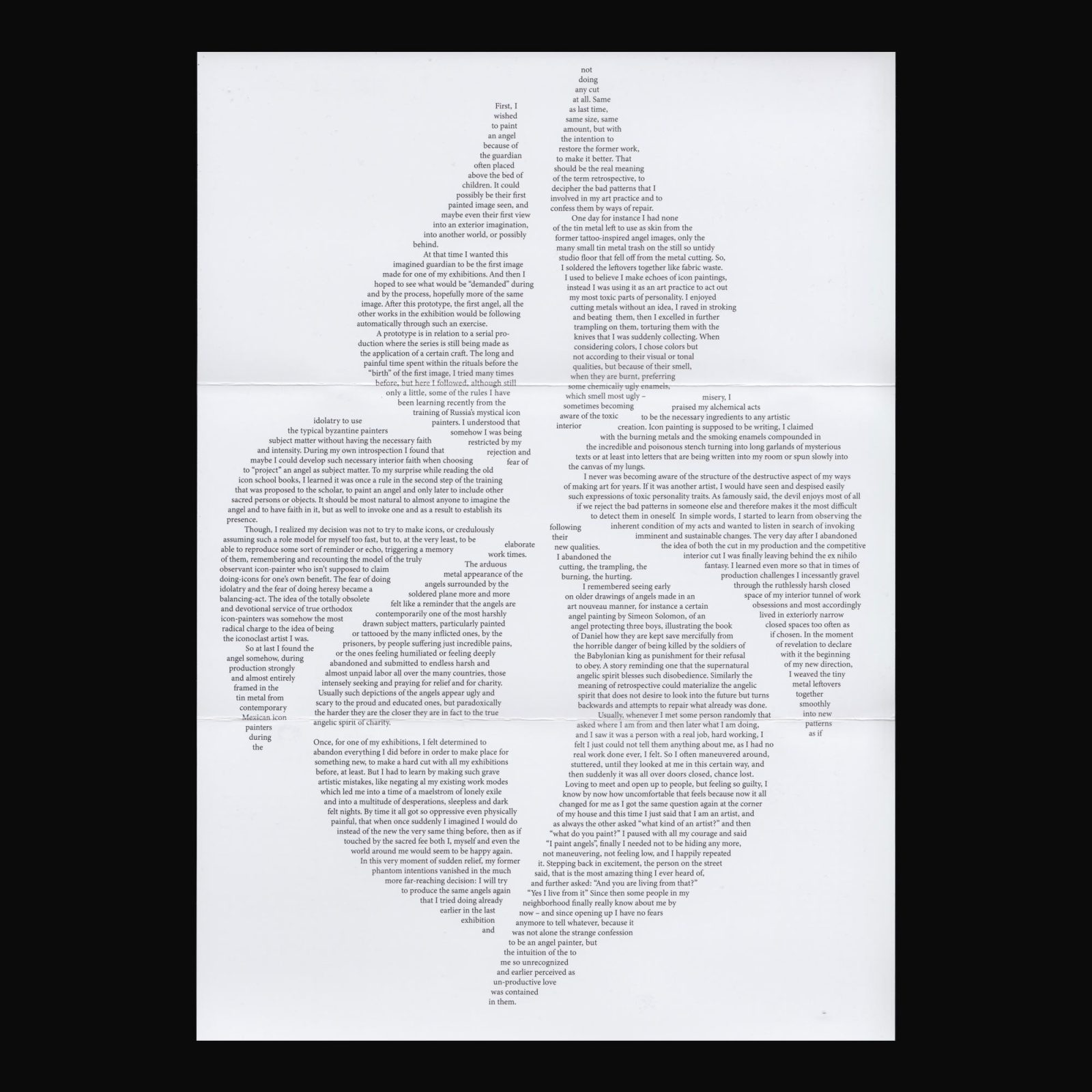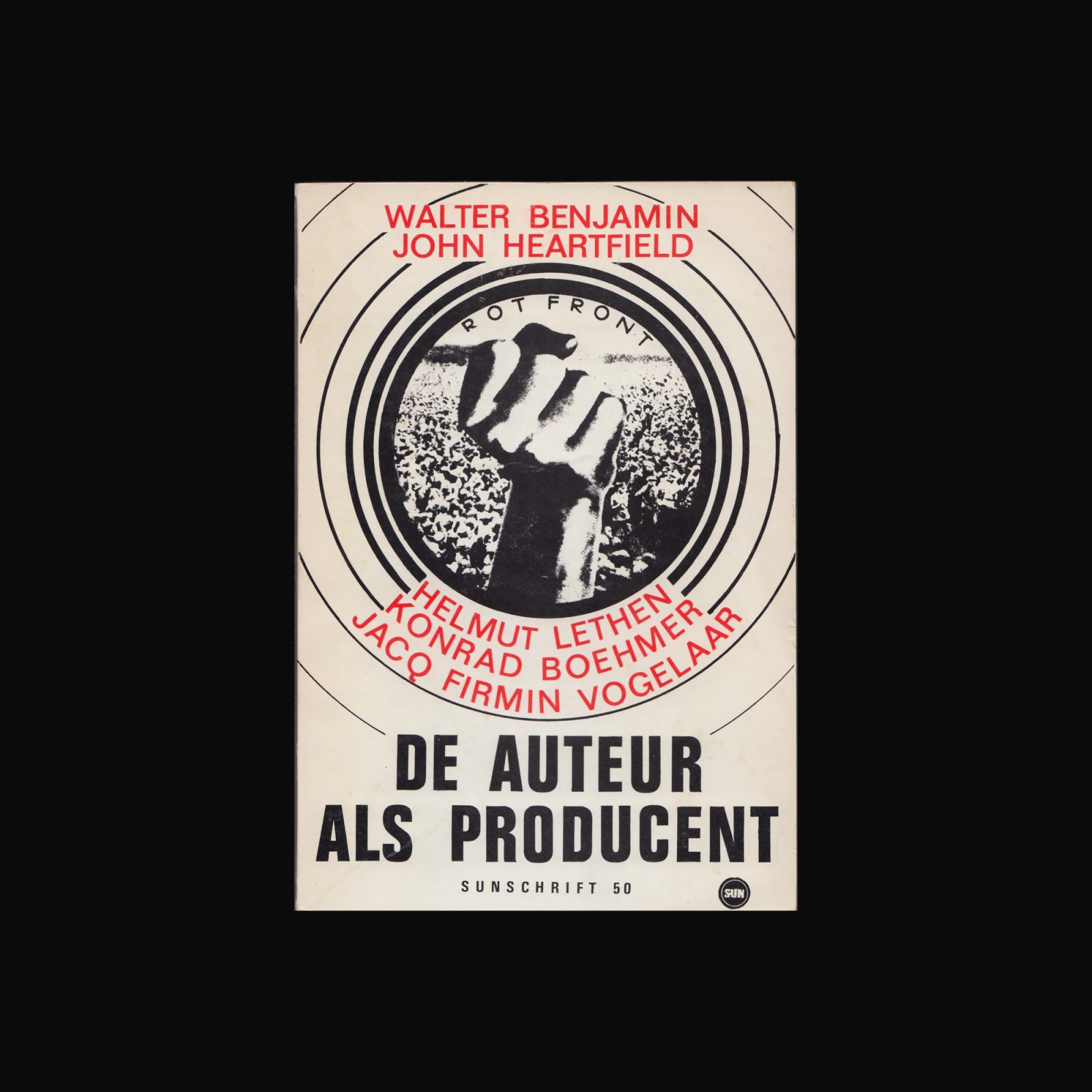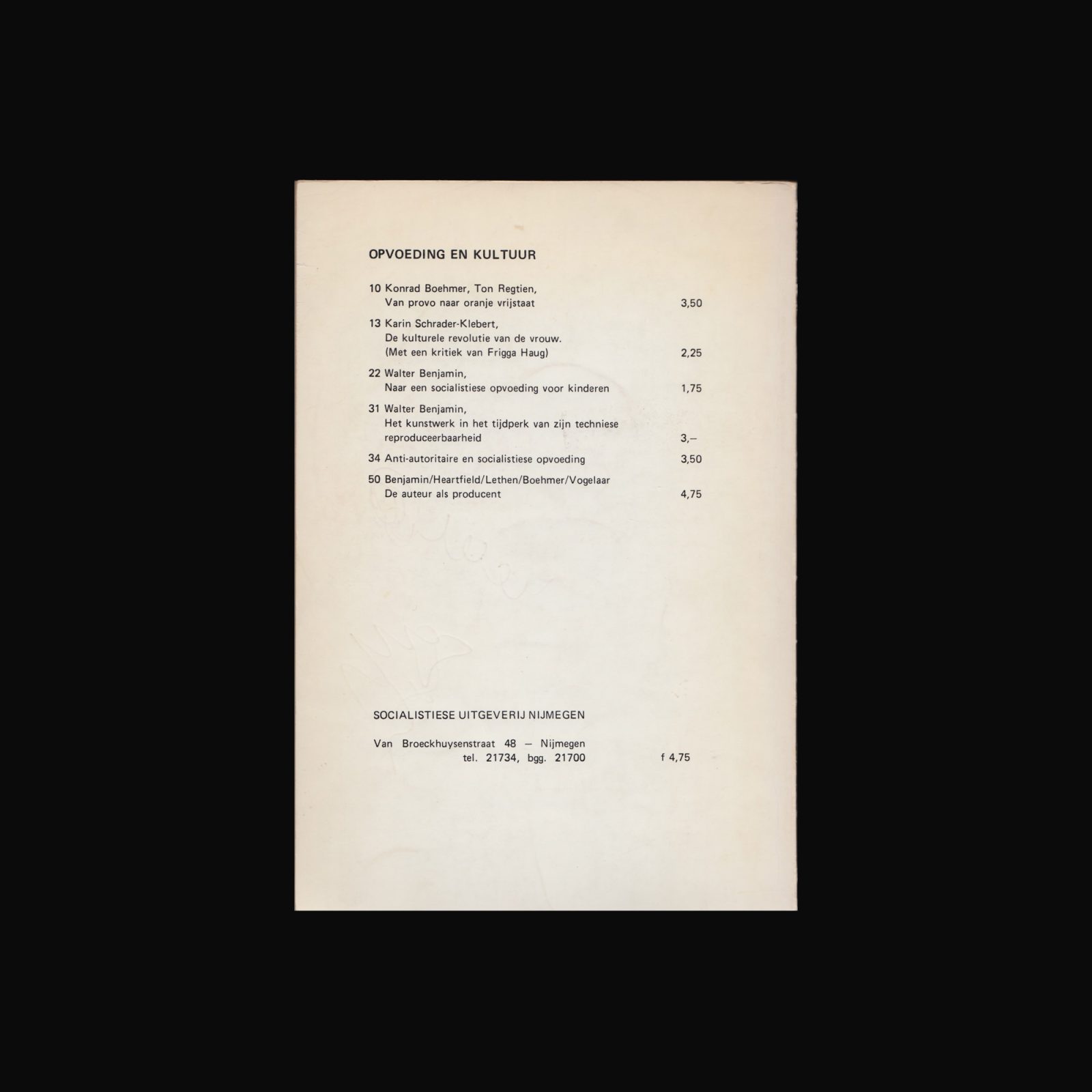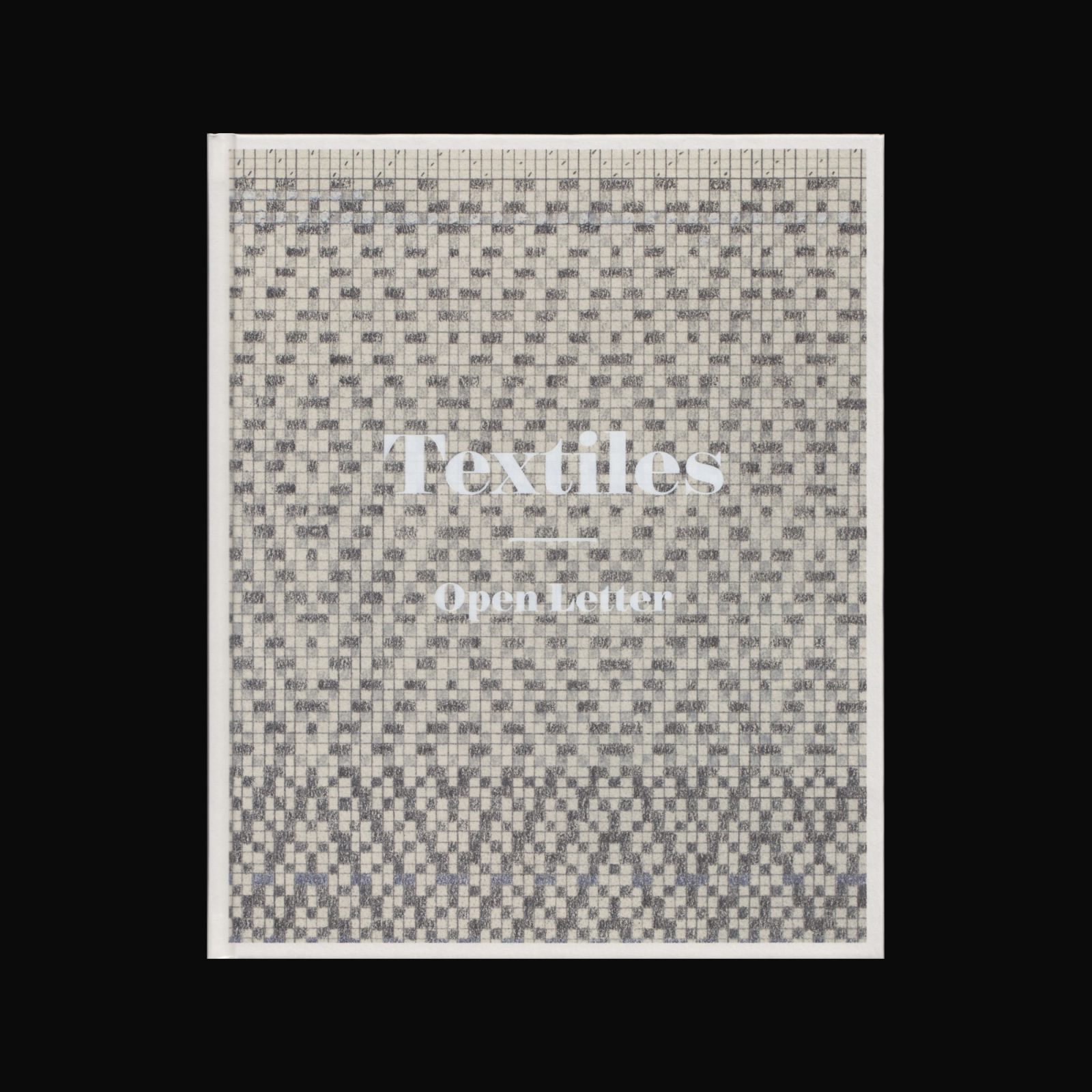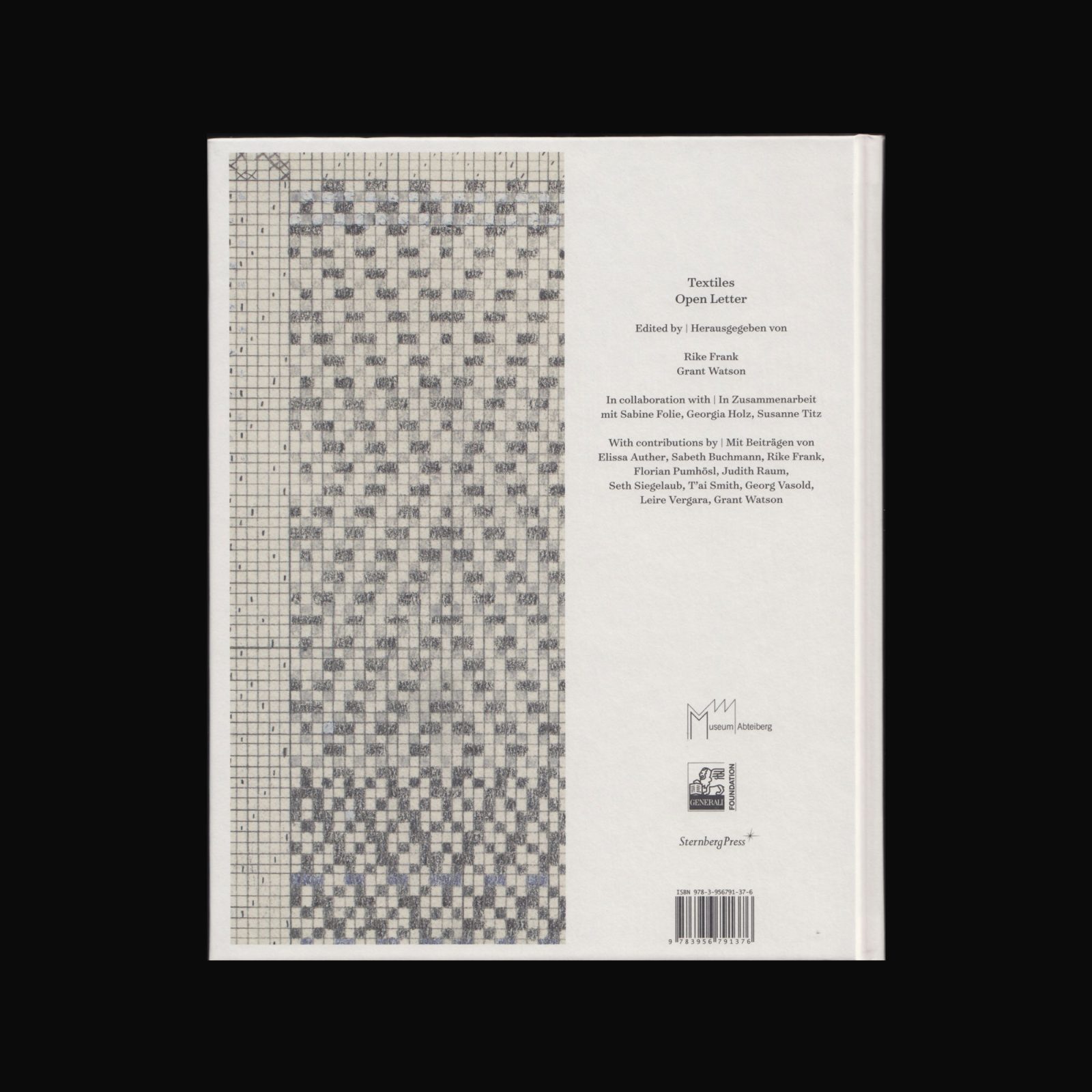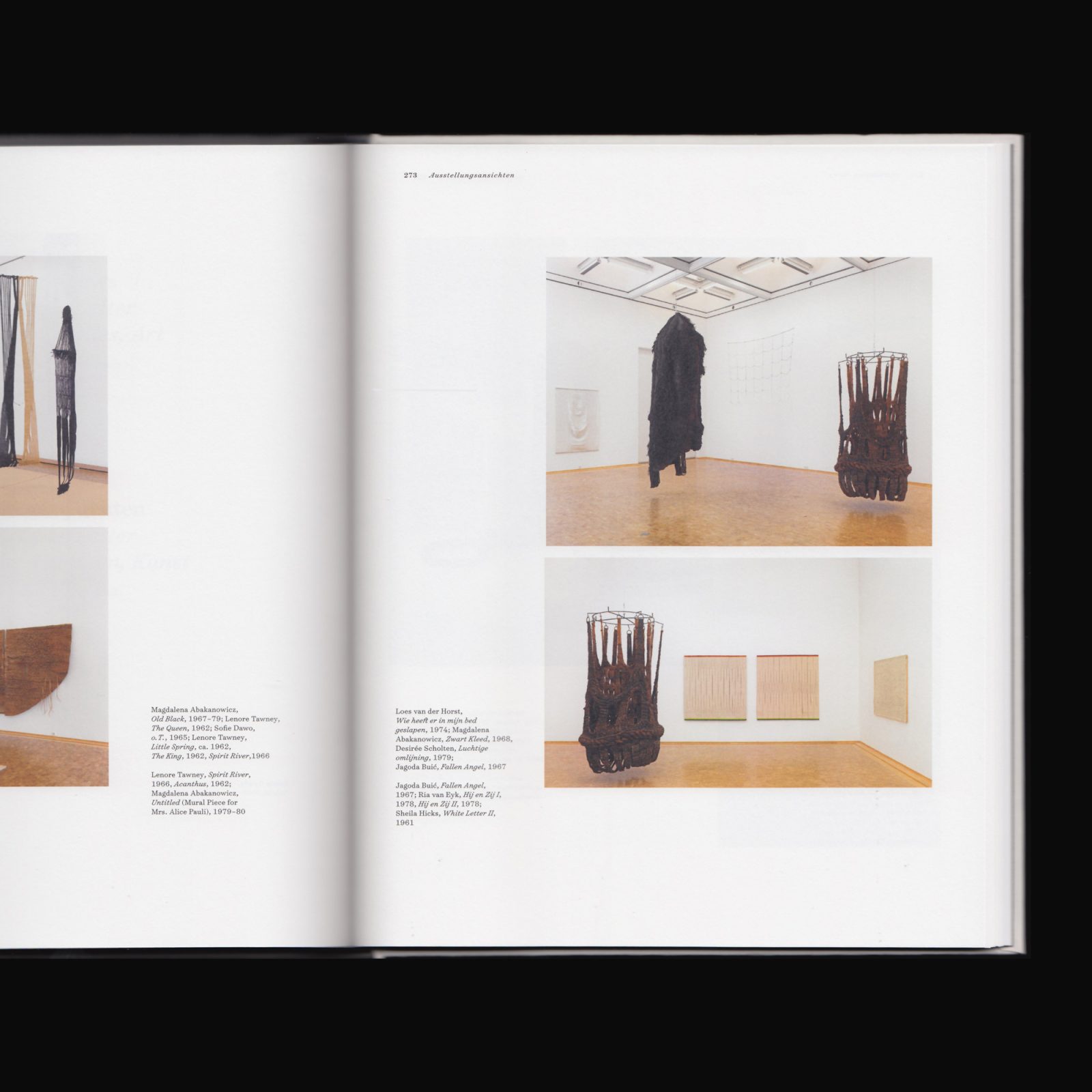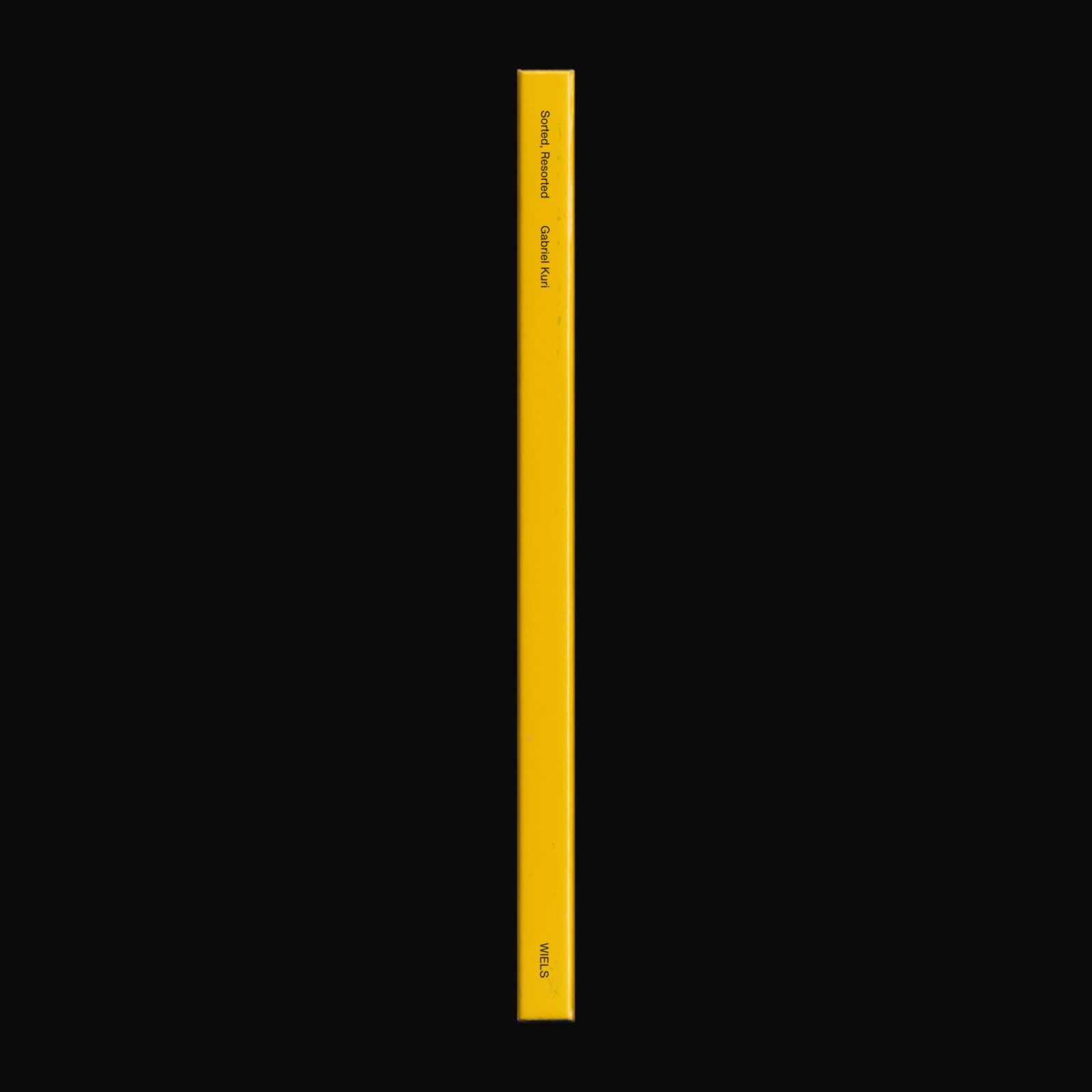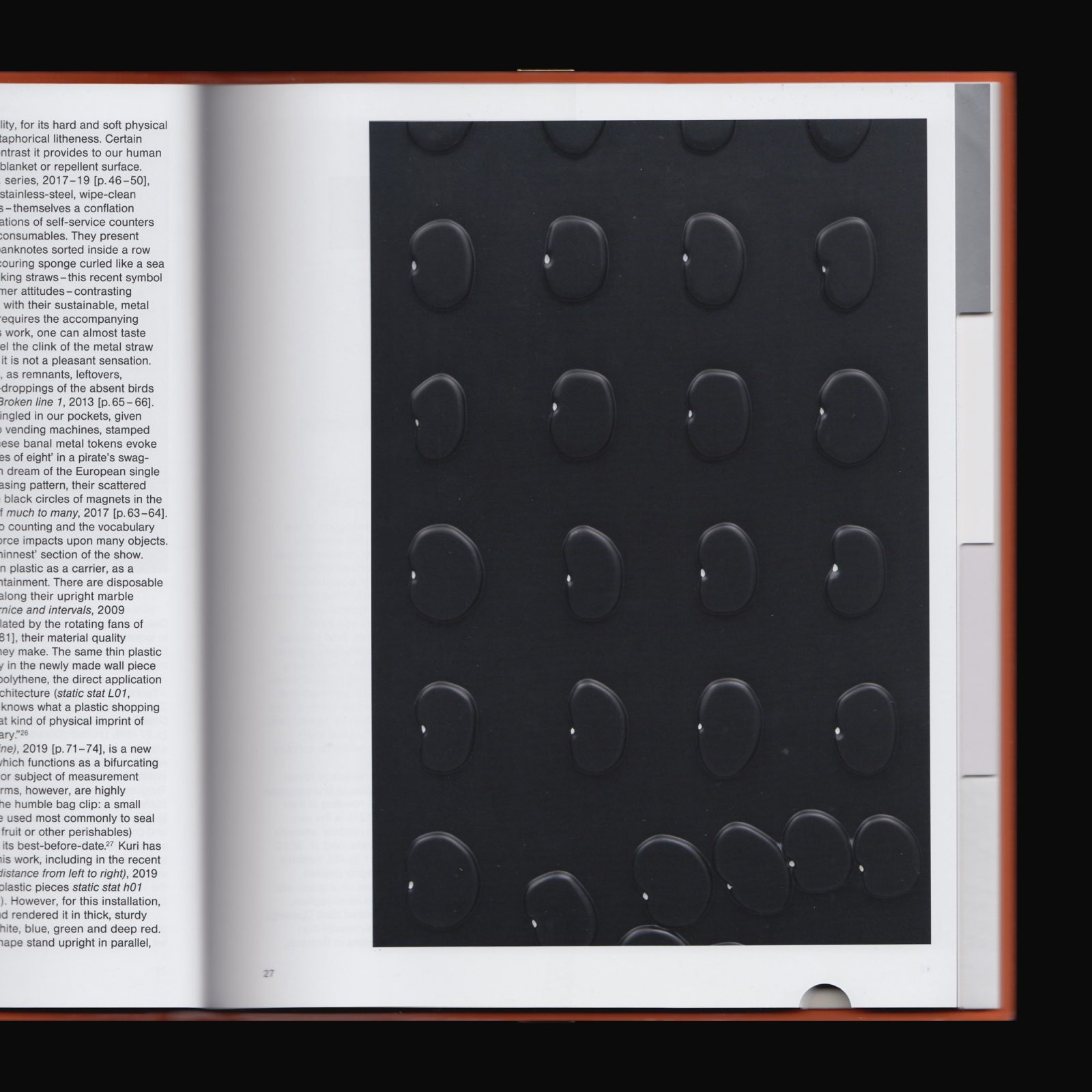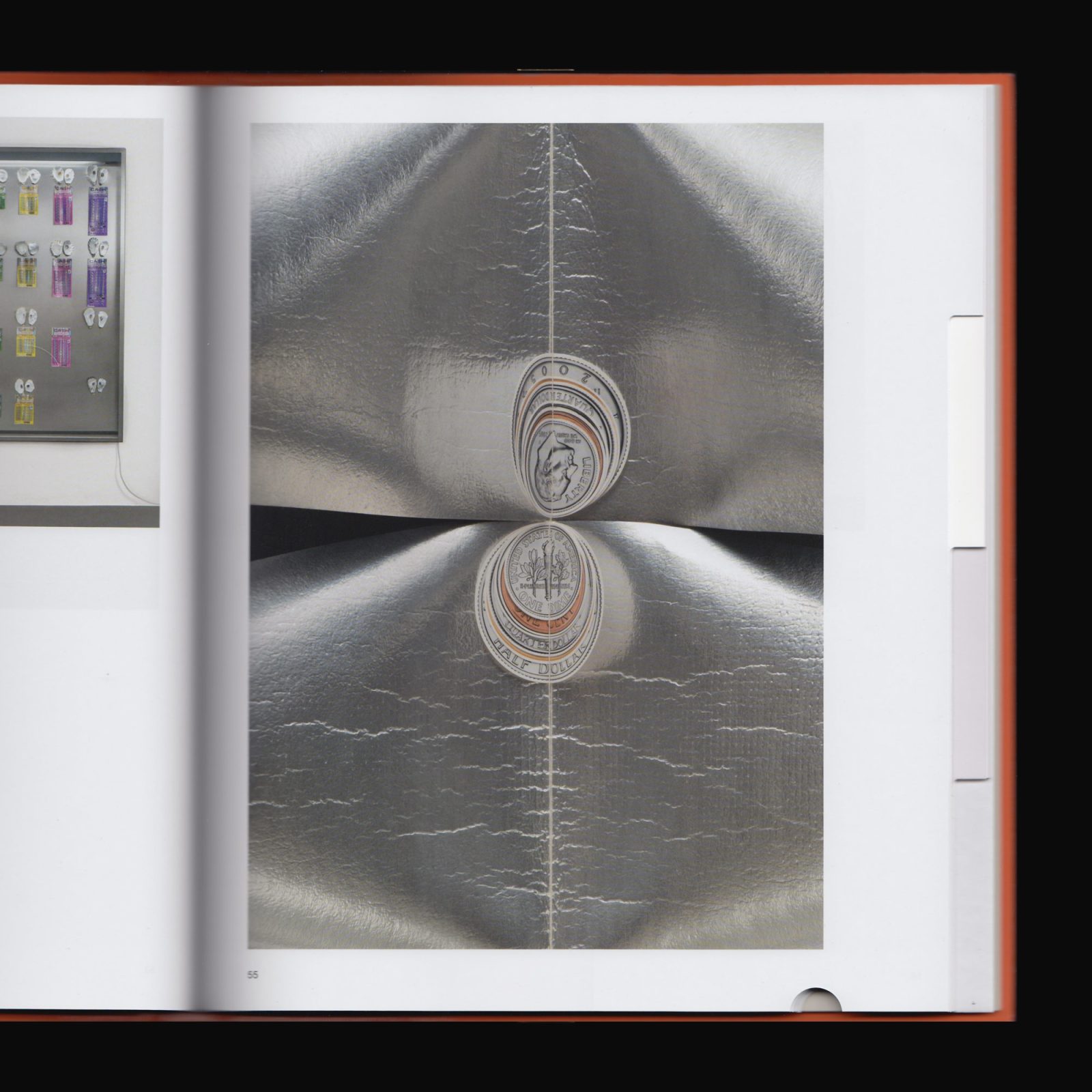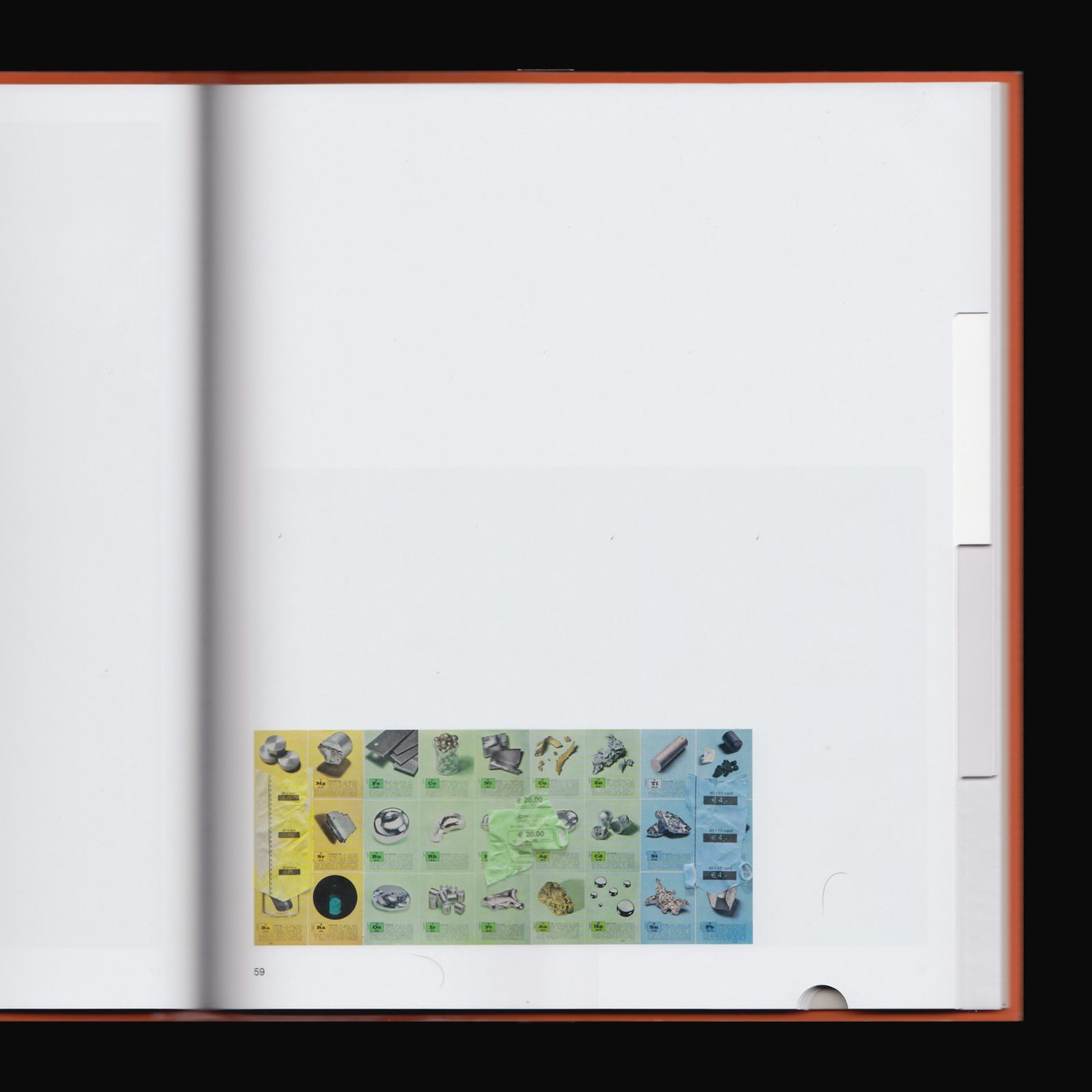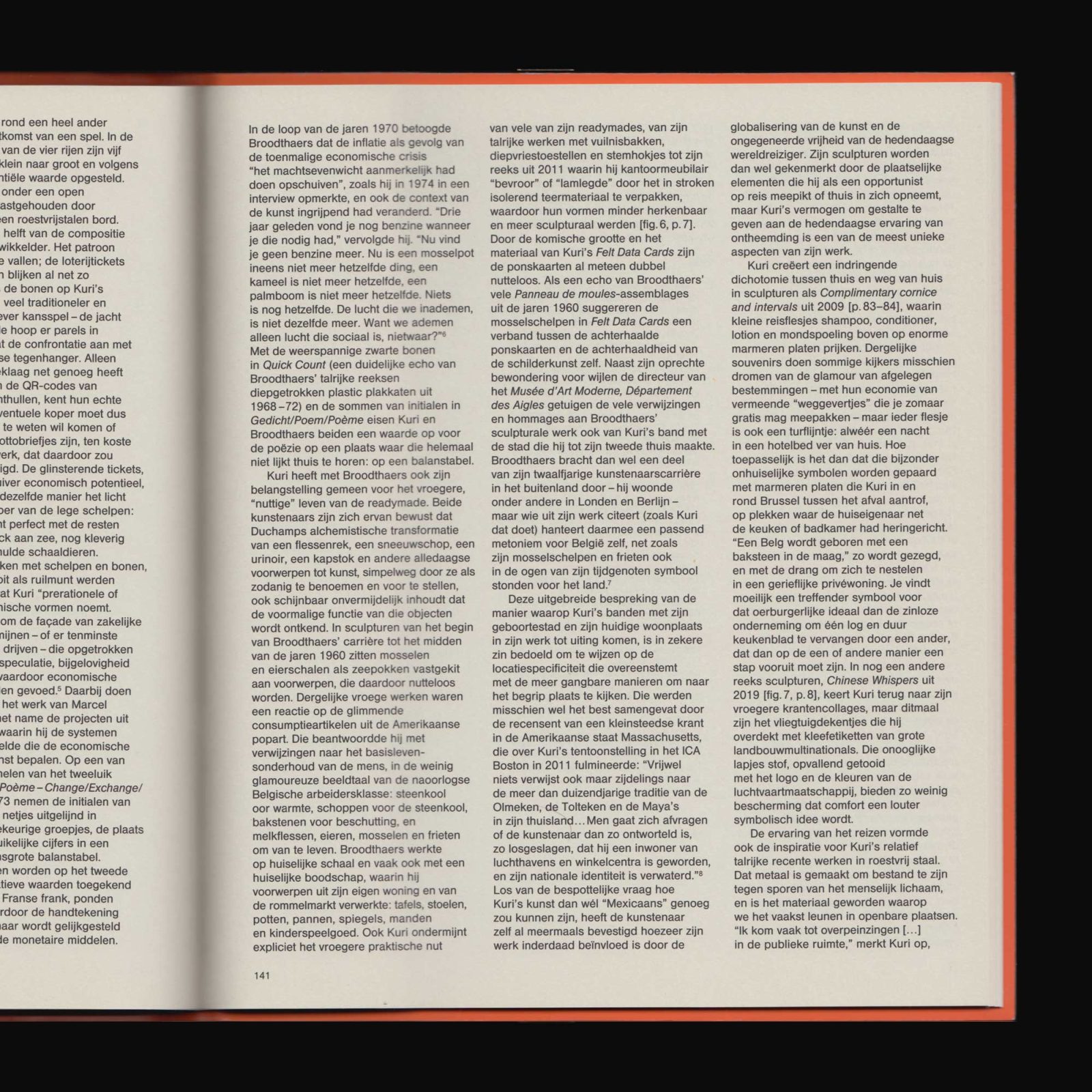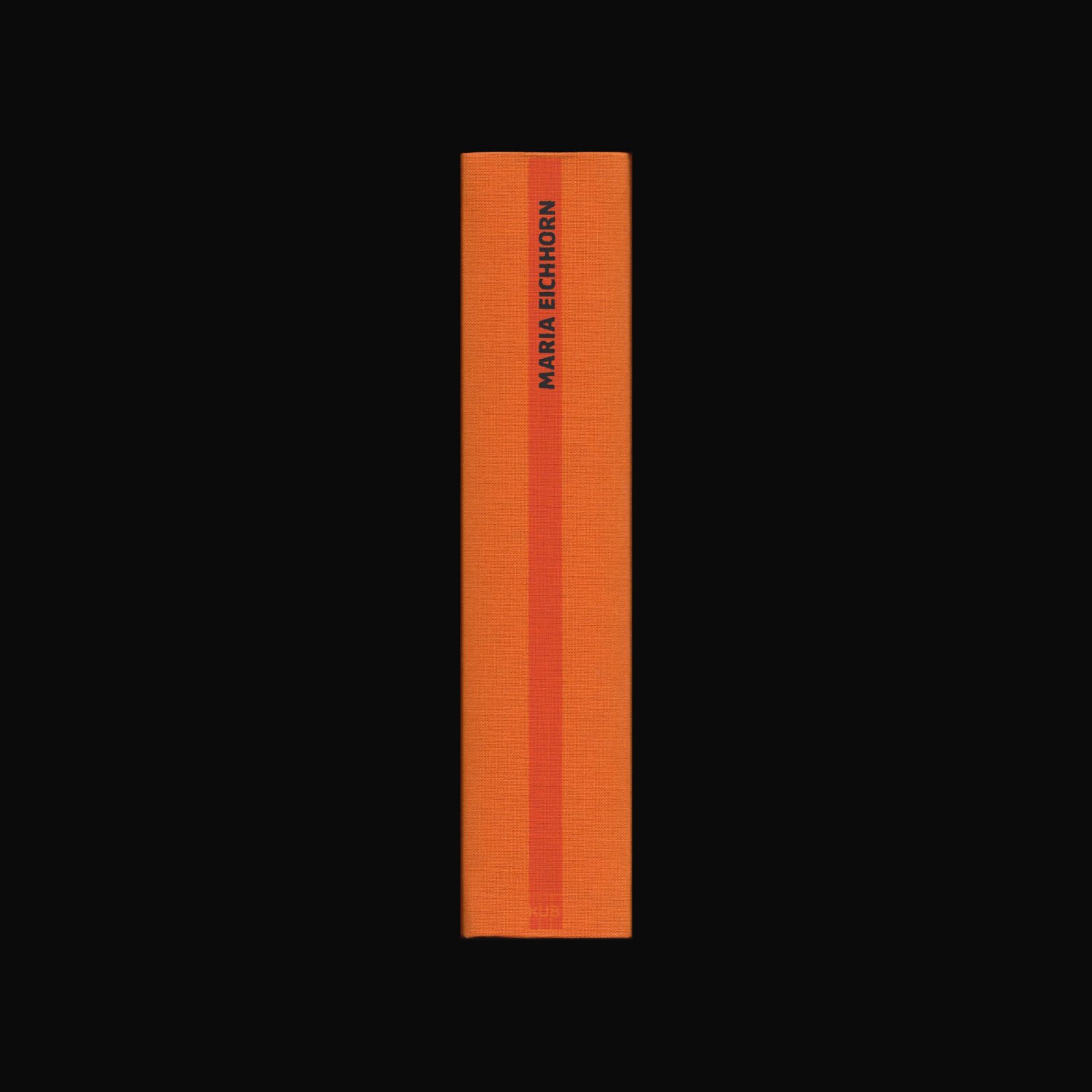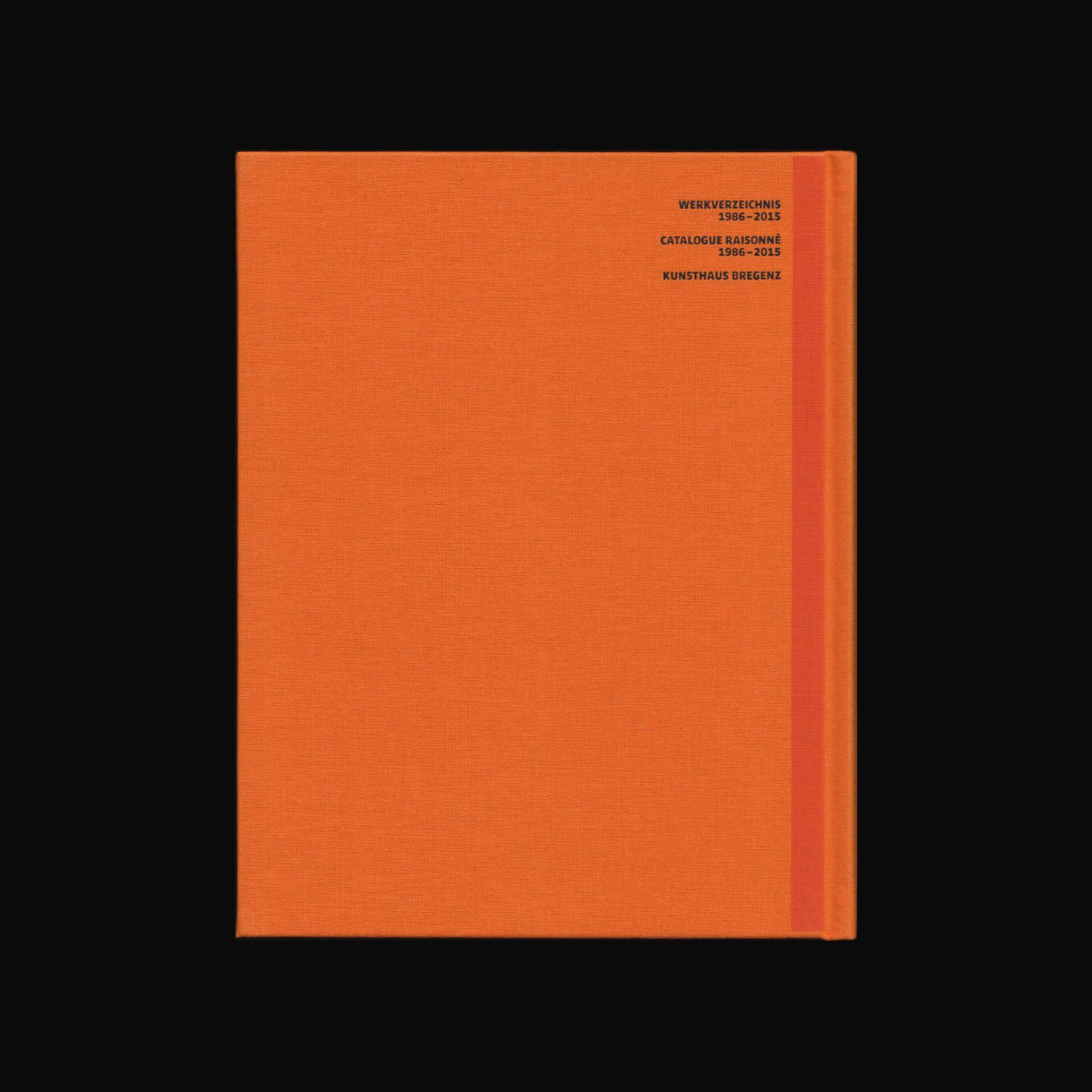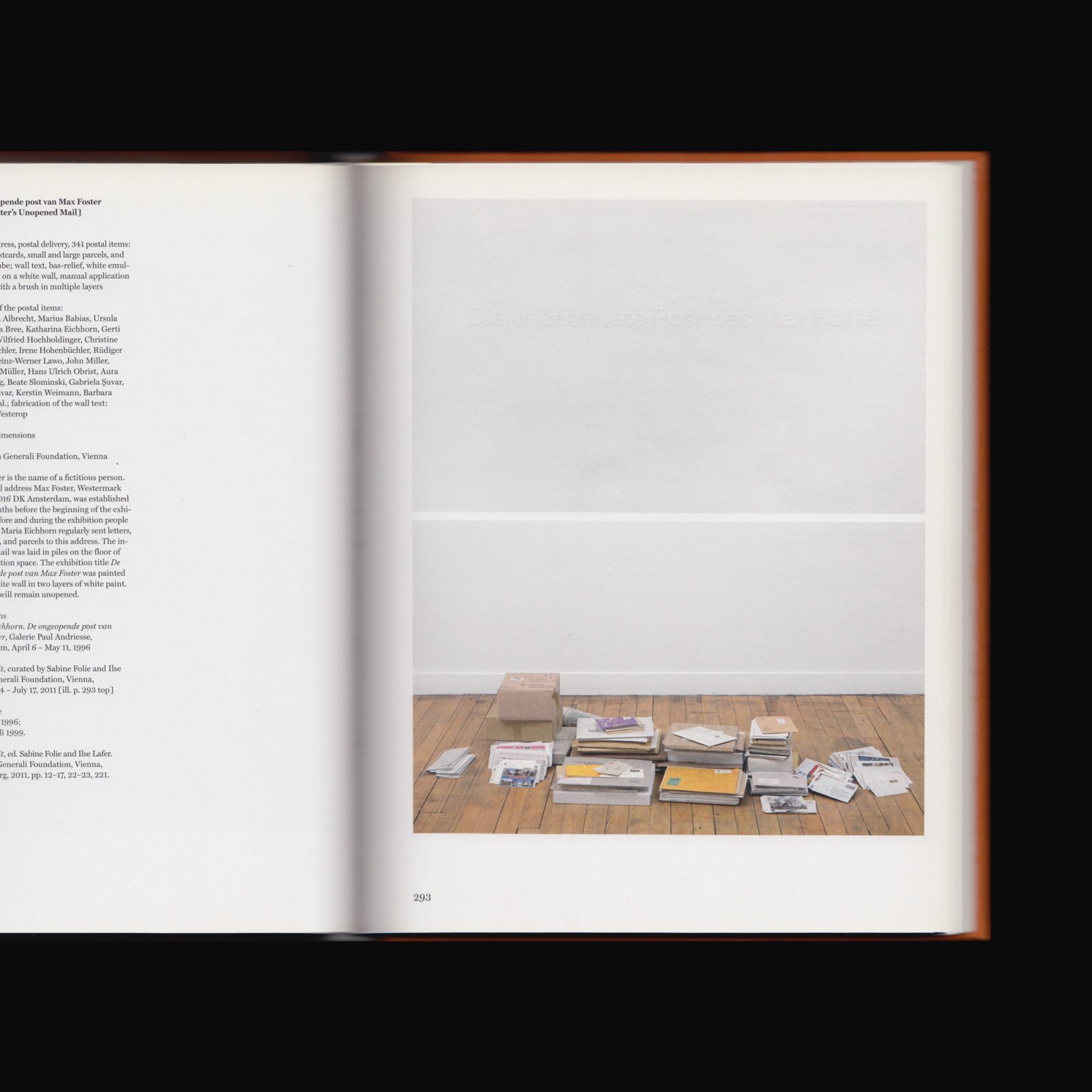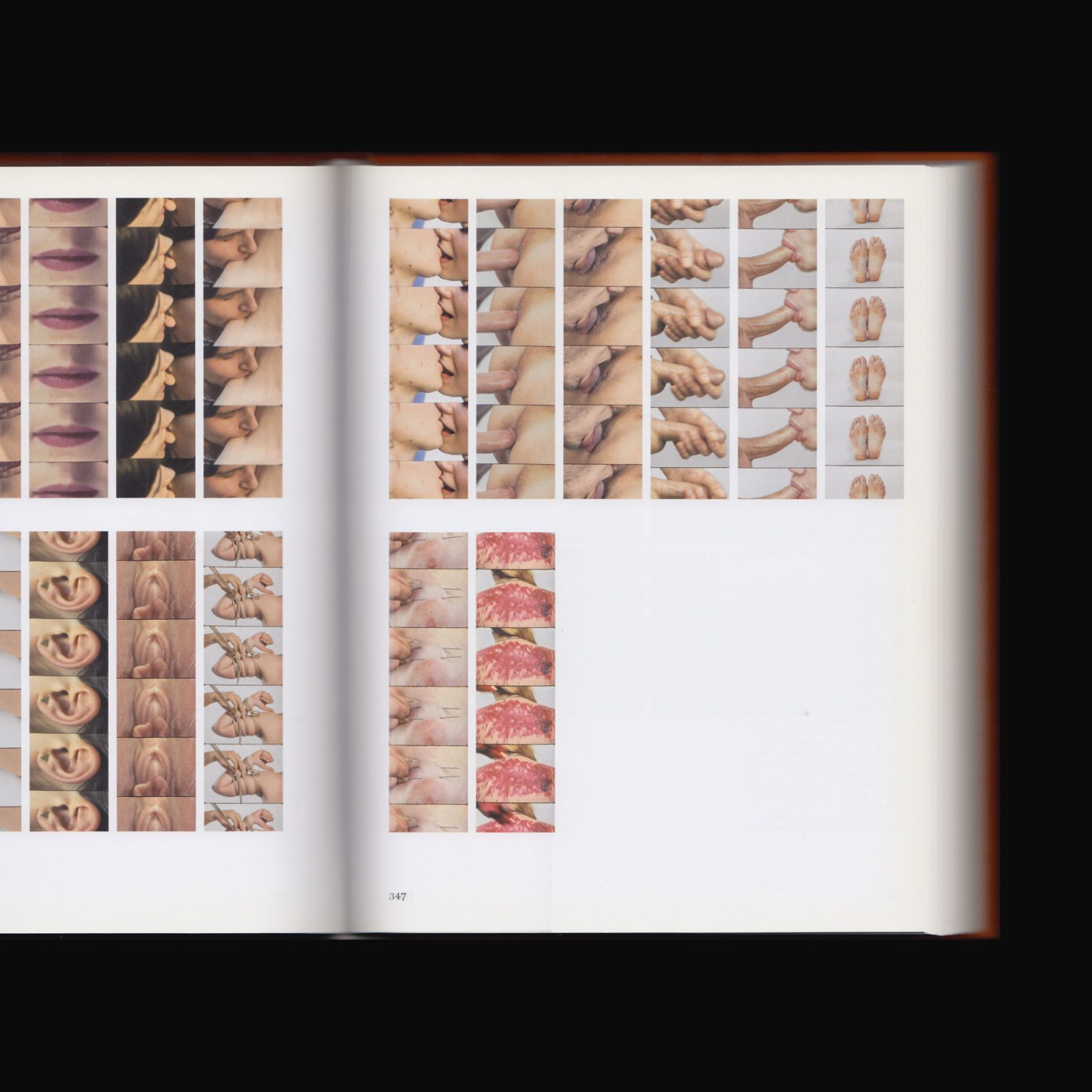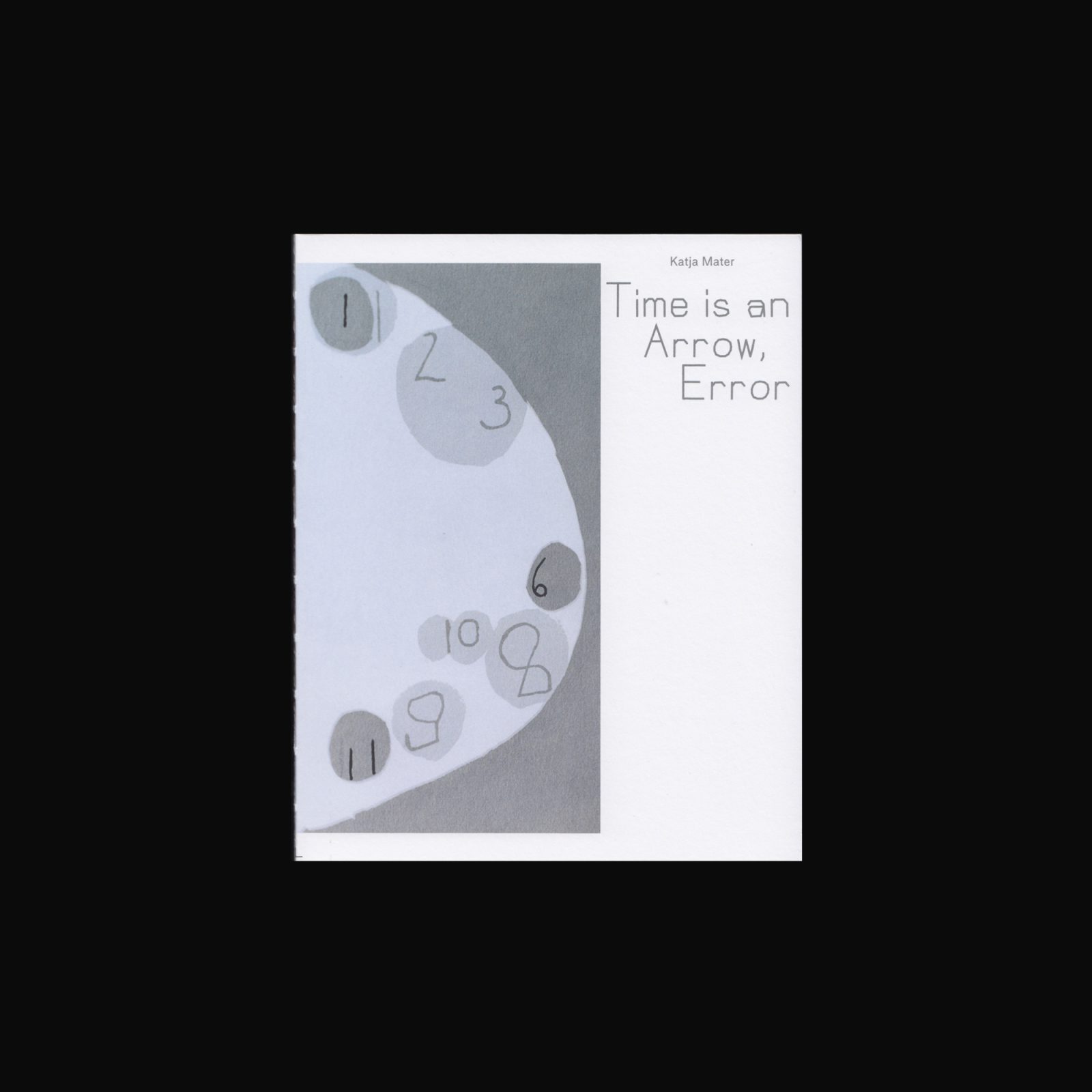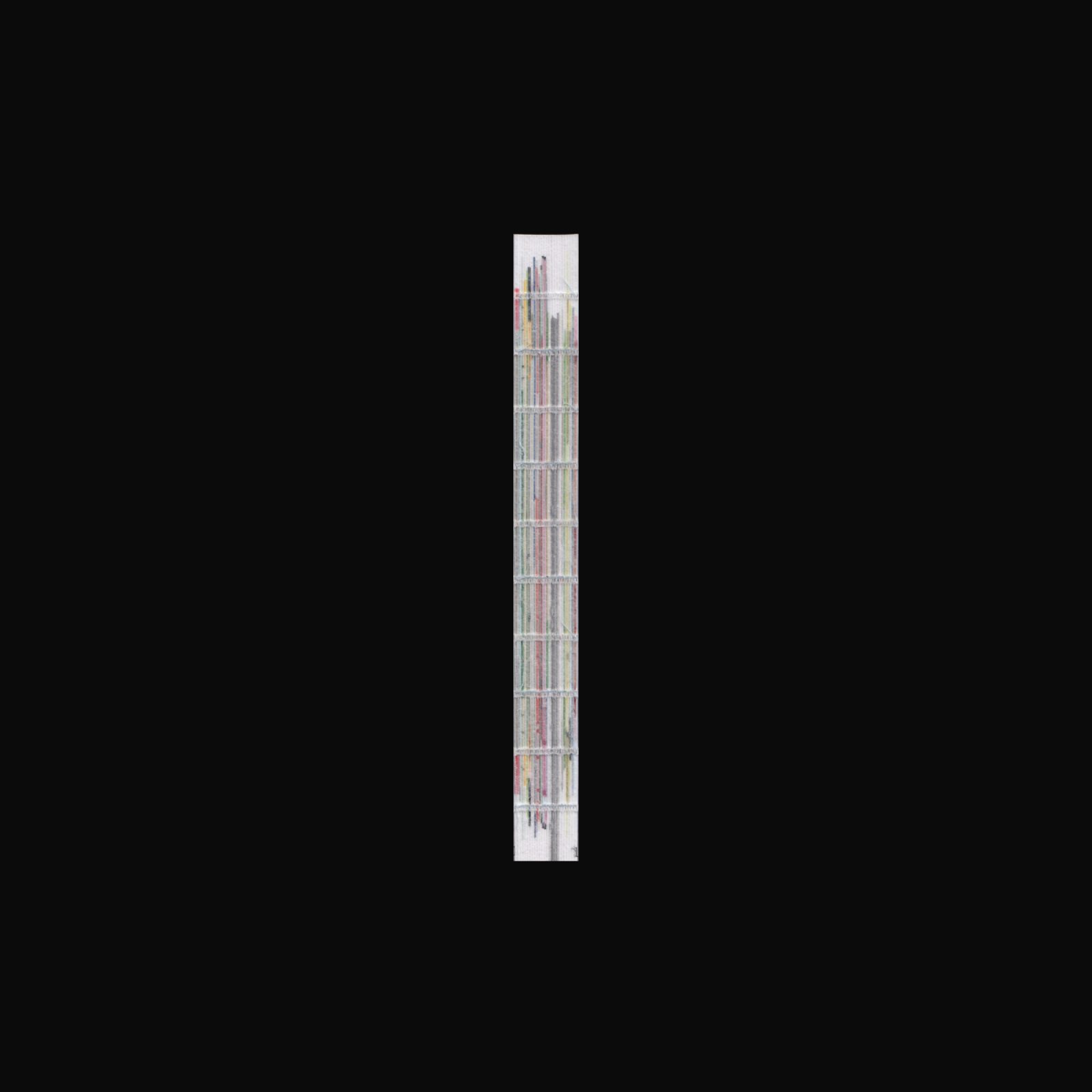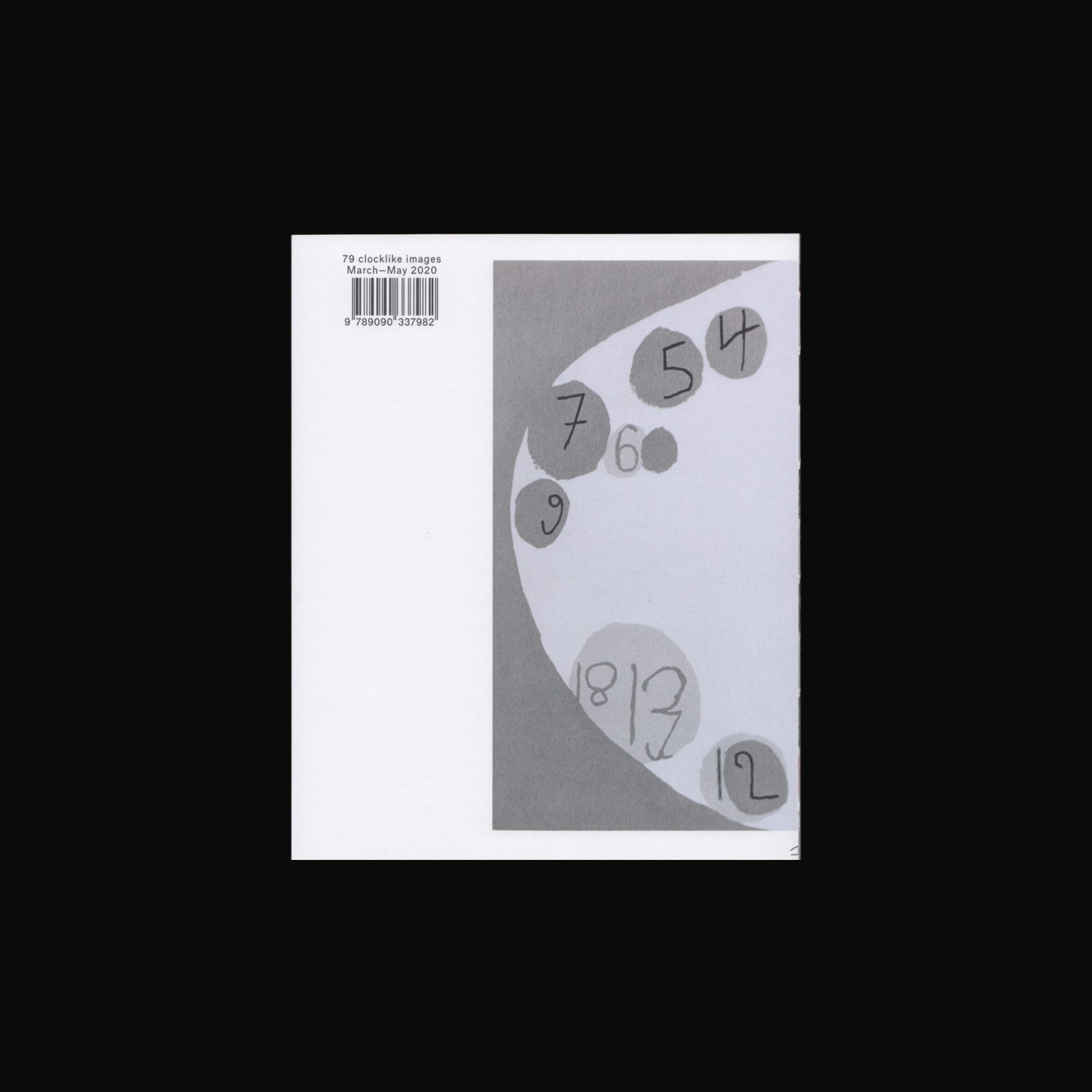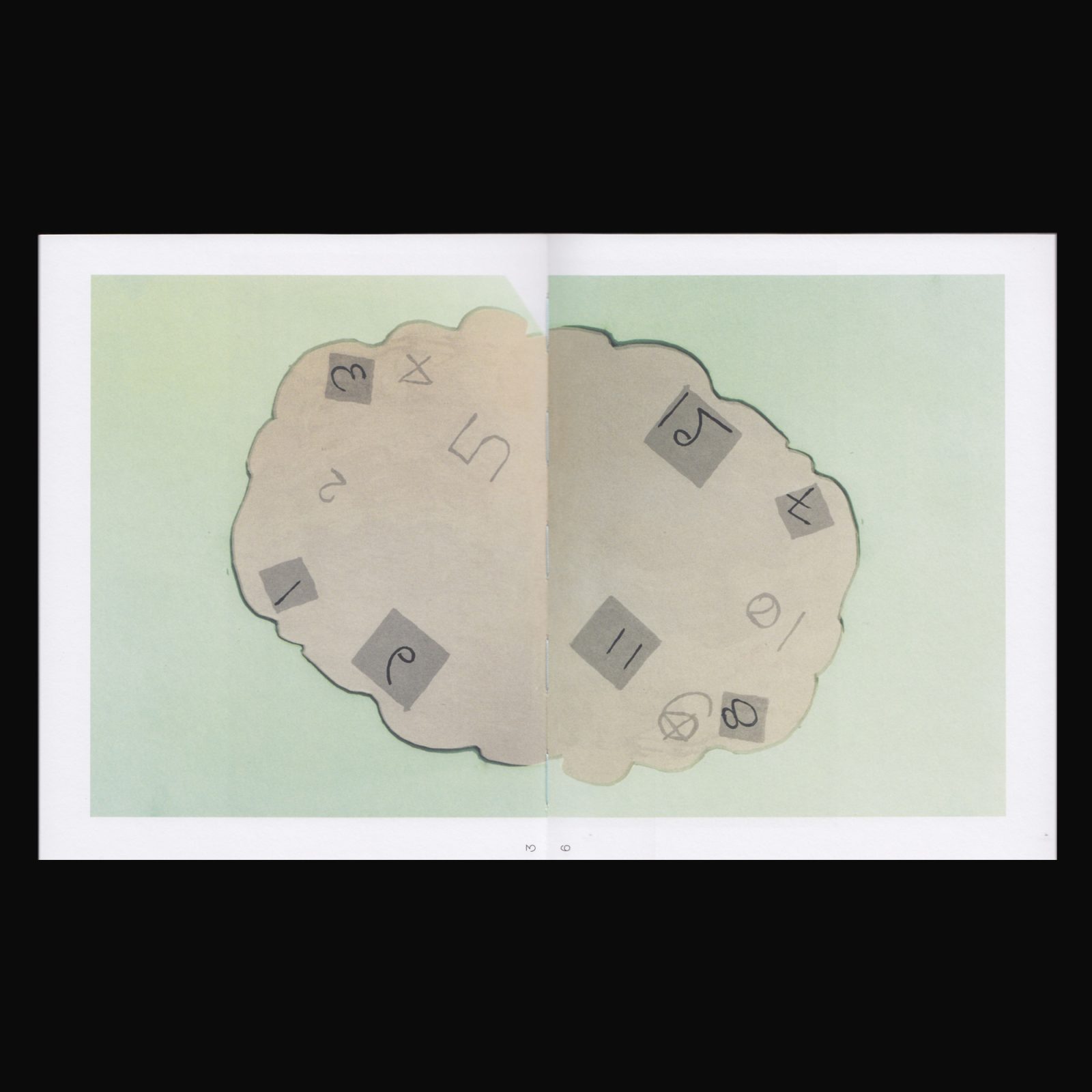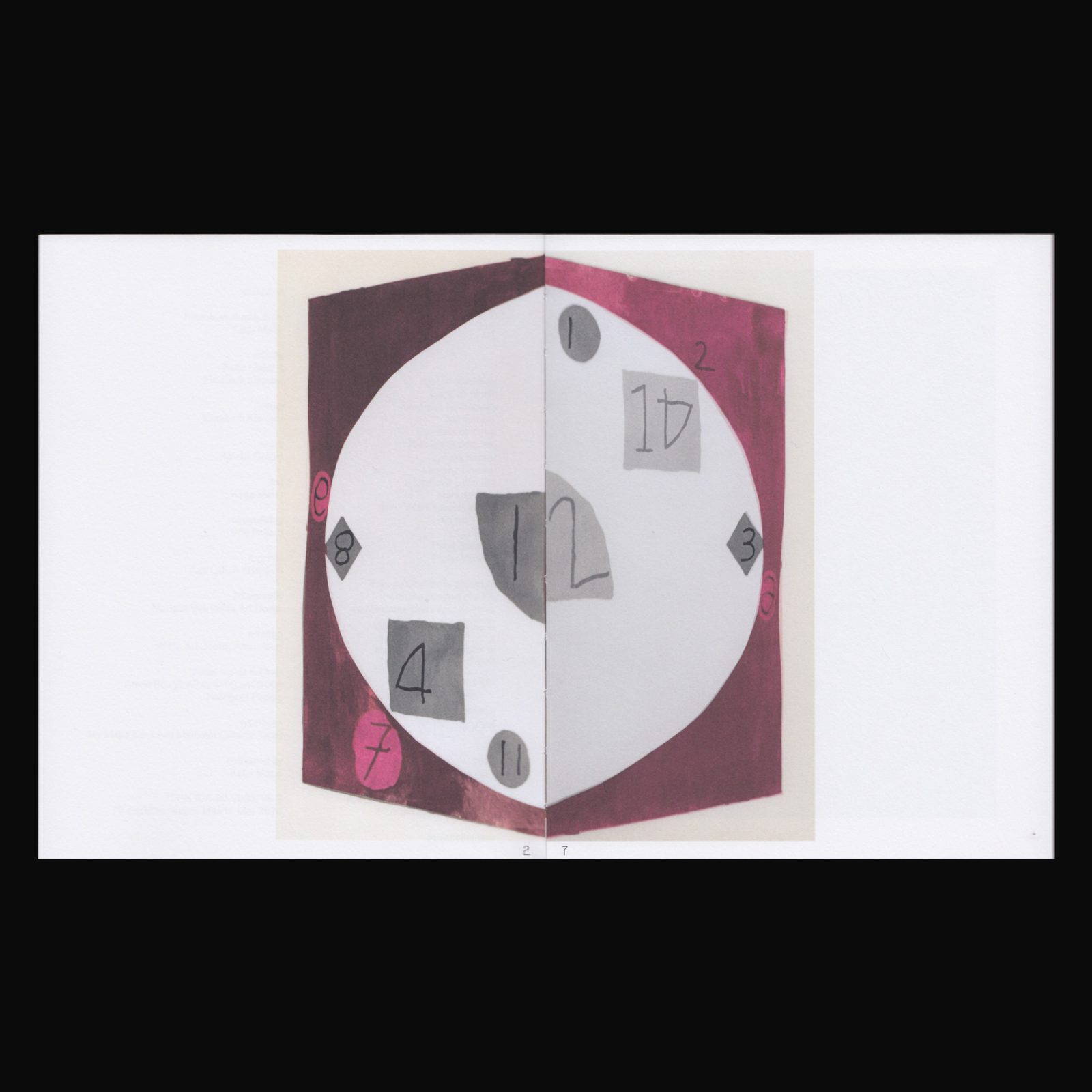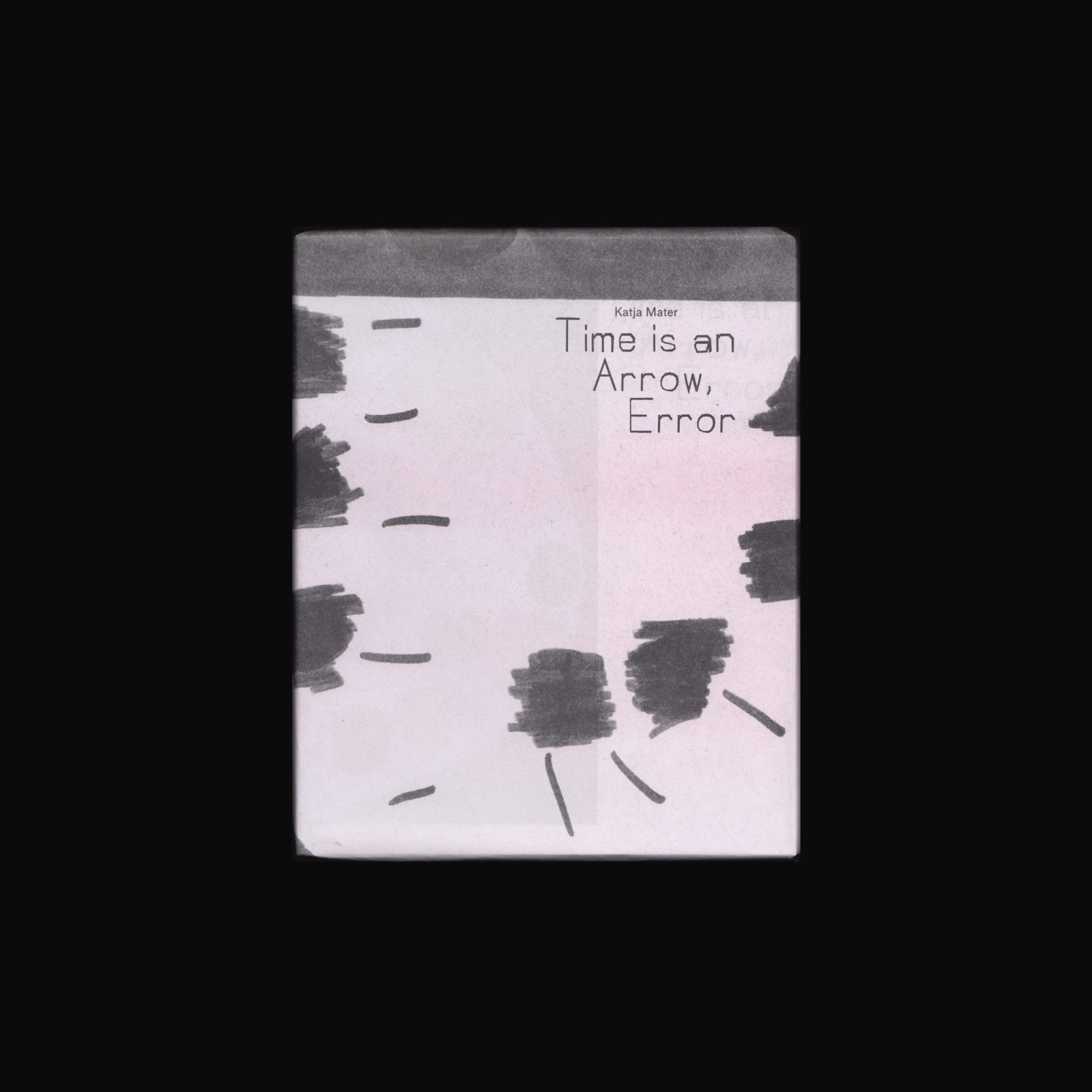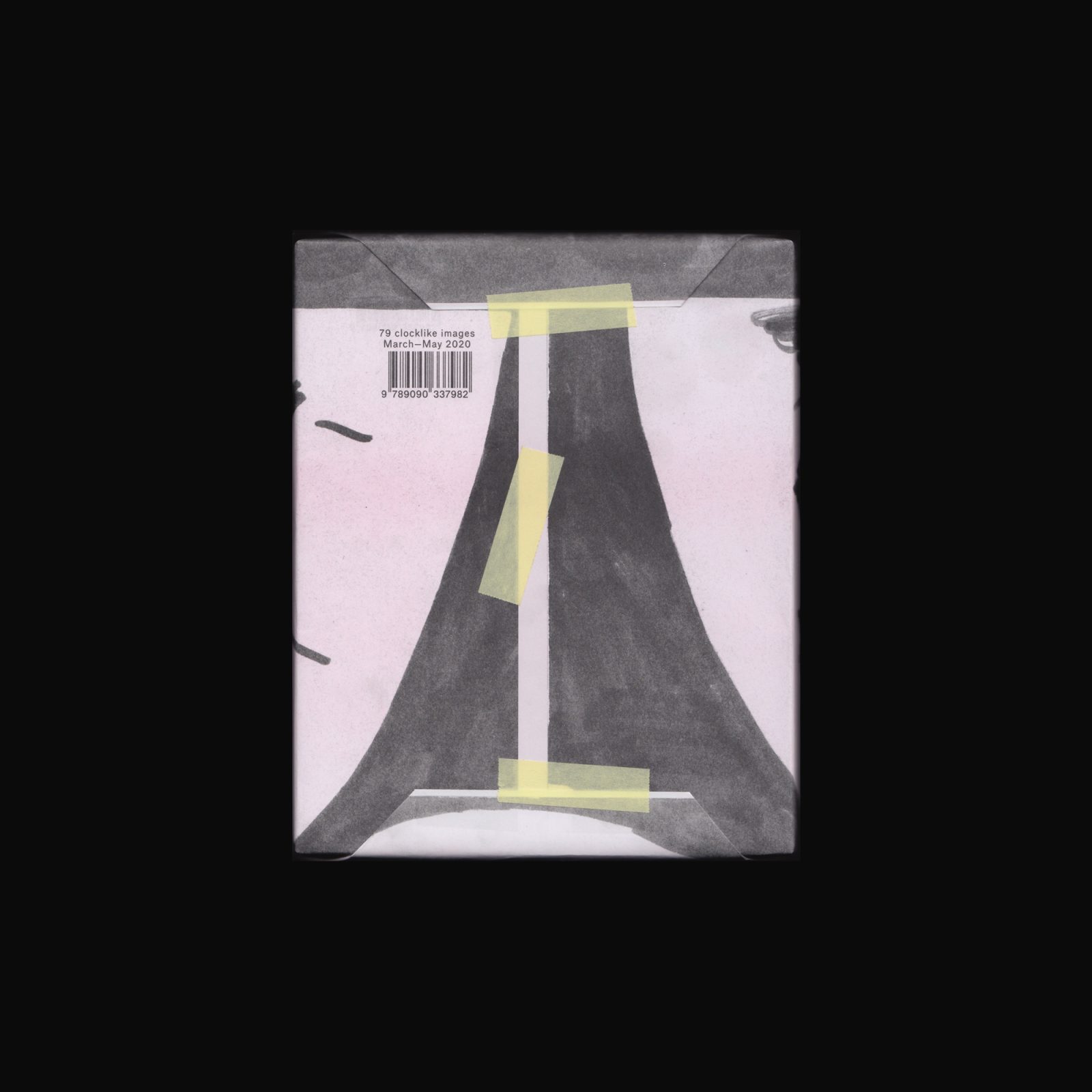Produced on the occasion of Josef Strau’s exhibition at Kunstverein für die Rheinlande und Westfalen, Düsseldorf, 3 September–22 November, 2020, the first comprehensive institutional solo exhibition by Strau in Germany.
The exhibition brought together objects and text production made between 1991 and 2020 as an attempt to create an autobiographical depot, as if these objects were simply the result of time or of durations of psychological states, such as fear and anxiety, and sometimes also of desire. Strau’s complex, nested retrospective vessel contains, in addition to everyday stories, a random selection of objects representing, among other things, tigers, temples, tears, fences, children’s letters, angels, icons, and cured turtles. The most recent work is a spider clock, The 13 Hour Cymbal Spiderclock that exhales the Dreams, which announces a new time beyond the usual twelve hours.
